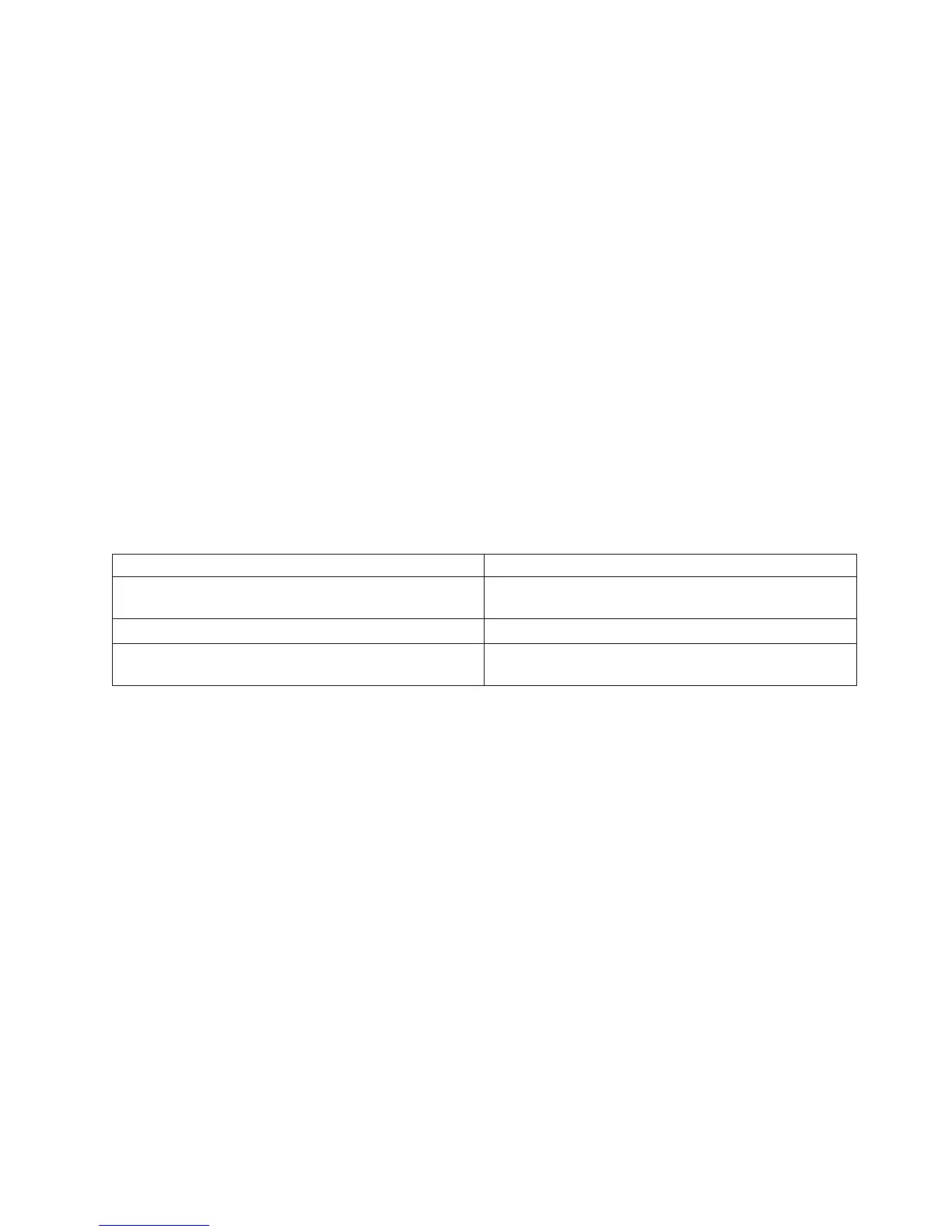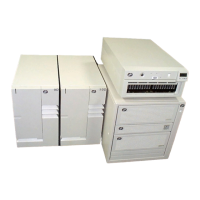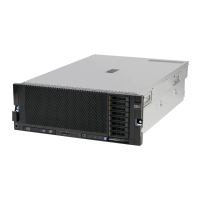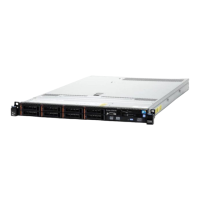Checkpoints enable users and service personnel to know what the server is doing, with some detail, as it
initializes. These checkpoints are not intended to be error indicators, but in some cases a server could
hang at one of the checkpoints without displaying an 8-character error code. It is for these hang
conditions, only, that any action should be taken with respect to checkpoints. The most appropriate action
is included with each checkpoint.
Before taking actions listed with a checkpoint, check for additional symptoms in the service processor error
log. See the “System Information Menu” on page 372 for information on how to access the service
processor error log.
Note: Go to “MAP 1540: Minimum Configuration” on page 110 for any of the following checkpoint
conditions. If mentioned as an action, remember to run the System Rack Minimum Configuration:
v A four-digit code in the range of 8xxx through EFFF not listed in the checkpoint tables.
v A four-digit code is in the checkpoint tables, but does not contain a repair action or FRU listing.
v All of the FRUs listed in the repair action have been replaced and the problem has not been
corrected.
Checkpoints
listed in the following tables are in the format 8xxx, 9xxx, Axxx, Bxxx, or Exxx, where x
is any hexadecimal digit from 1-9 or A-F. If your system hangs with a displayed checkpoint that
begins with anything other than 8, 9, A, B, or E, go to the RS/6000 and Eserver pSeries
Diagnostic Information for Multiple Bus Systems.
Use the following table to determine where to find the checkpoint.
Symptom Action
You have a code that is of the form 8xxx, 9xxx, Axxx, or
Bxxx.
Go to “Service Processor Checkpoints” on page 138.
You have a code of the form Exxx. Go to “Firmware Checkpoints” on page 144.
You have a four-character code that is not of the form
8xxx, 9xxx, Axxx, Bxxx, or Exxx.
Refer to the RS/6000 and Eserver pSeries Diagnostic
Information for Multiple Bus Systems manual.
Chapter 4. Checkpoints 137

